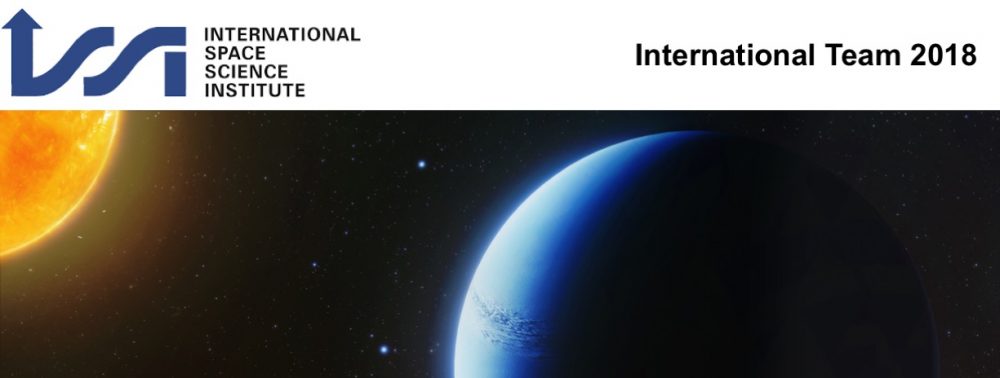On this webpage you will find information about our ISSI International Team project that will compare the output of seven chemical kinetics codes.
Read the successful project proposal by Drummond et al
As the upcoming launch of the James Webb Space Telescope (JWST) will provide a step-change in the quality of observations of exoplanet atmospheres, we propose to perform an intercomparison study of the 1D chemical kinetics codes that will be used to interpret those observations. Recent observations and results from theoretical works suggest that 3D processes are key in shaping the structure (temperature and circulation) and composition of real exoplanet atmospheres. Modelling the gas-phase chemistry of these atmospheres with 3D models is on the horizon, however one of the main challenges to overcome is the high computational cost of the chemistry calculations. Therefore, 1D codes are vital in the development and validation of reduced chemical networks and chemical relaxation schemes that provide the required efficiency gains to make 3D modelling of exoplanet atmospheres computationally feasible. A significant number of 1D chemical kinetics codes have now been applied to hot exoplanet atmospheres in the literature. However a detailed intercomparison of these models has never been performed. Variation in the output from these models can result from differences in the model discretisation, numerical methods, physics schemes (e.g. transport and radiative transfer) as well as the choice of chemical network and other model inputs. As the quality of observations continues to increase it is becoming more crucial to quantify, understand and, ultimately, reduce this model variation. This project will bring together many experts in the field and also, importantly, seven of the currently published codes in the literature. We propose to perform, for the first time, a detailed intercomparison study of 1D chemical kinetics codes applied to exoplanet atmospheres. We will investigate the differences that are introduced by the choice of numerous model inputs (including the chemical network) but mainly by the codes themselves, by performing simulations with identical model input. The project will identify the most important sources of variation in model output, providing a clear focus for future developments. The improvements to theoretical tools that will follow this project are vital for keeping pace with advances in observational techniques and facilities.
The banner image was created by Engine House Animation Studio for the publication Nikolov et al. 2018
